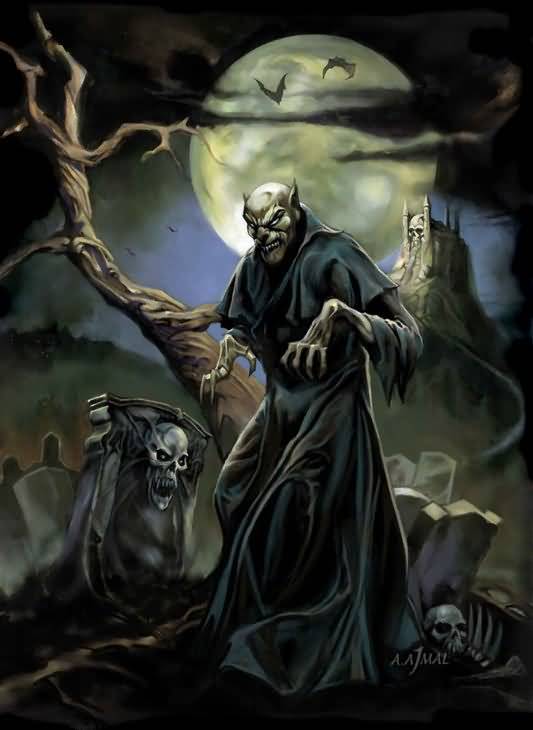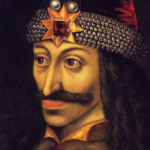Nosferatu comes from the Greek word nosophoros (which means “plague-carrier”) that evolved into the Old Slavonic word nosufur-atu.

The name used to qualify a Romanian undead vampire became popular in fictional literature due to an article written by Emily Gerard titled Transylvanian Superstitions which was published in the the July, 1885 issue of the magazine XIX Century.
The article is based on what the author, an English woman, learned while living in Transylvania. The article was read by Bram Stoker, and the name became popular in fictional literature as the result of Stoker using the name in his novel Dracula.
Still another interpretation of the word “nosferatu,” from author Manuela Dunn-Mascetti, implies the word could be related to the Romanian term meaning “unclean one” — necuratul. .
Ironically, there are no other credible accounts of the name nosferatu being used in Romanian folklore.
Nosferatu, eine Symphonie des Grauens is a classic 1922 German Expressionist horror film, directed by F. W. Murnau, starring Max Schreck as the vampire Count Orlok.
The names and other details changed because the studio could not obtain the rights to the novel of Bram Stoker’s. Consequently “vampire” became “Nosferatu” and “Count Dracula” became “Count Orlok”.








